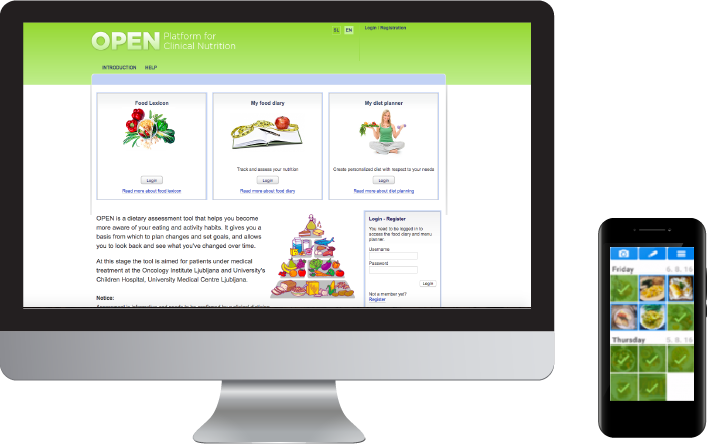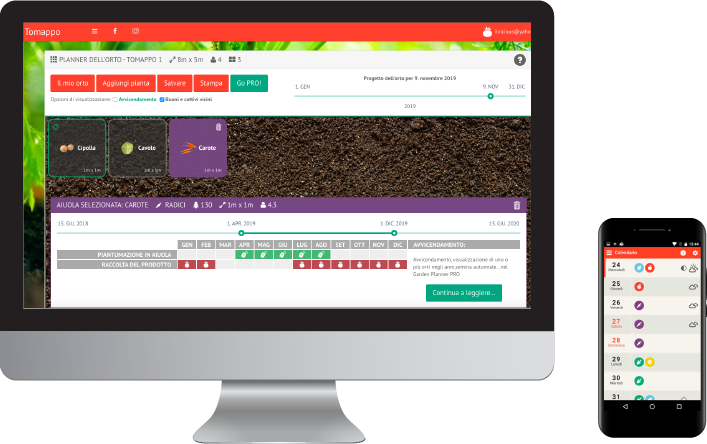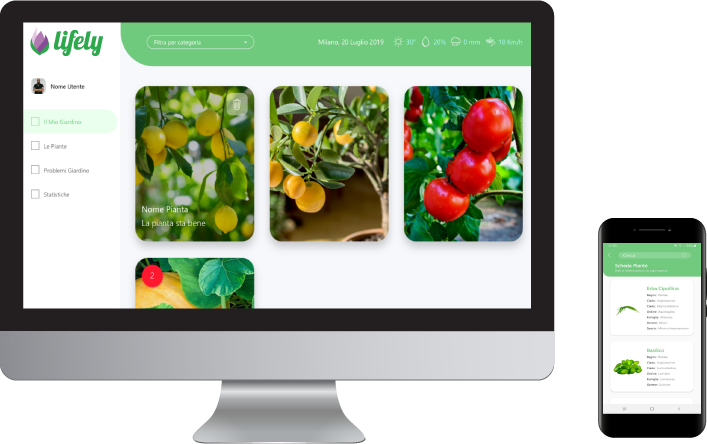technologies
Here we illustrate the technical landscape of the platform by highlighting technical aspects of some of the components.
nutrition
open platform for clinical nutrition
The OPEN food composition database is a relational database designed with respect to the Food data structure and format standard (BS EN 16104:2012), which enables data exchange with other information systems through web services. OPEN is implemented using the LAMP group of open source software (Linux, Apache, MySQL, and PHP). The mobile apps that are based on OPEN have been implemented on the Android platform, while the app eDietetik was developed by the Codename One software development tool, which is aimed to provide a unified code for various desktop and mobile operating systems (like Windows, Android, Blackberry, iOS and others). For the aims of TURNTABLE, we aim to integrate functionalities of the existing mobile apps (eDietetik, Libra, PD_manager) and implement them as part of the TURNTABLE platform.
To suit the needs of the project, OPEN will be upgraded in three parts: i) dietary recommendations for seniors with specific aging-associated diseases will be updated considering recent medical recommendations and guidelines adopted in the pilot countries as well as globally; ii) the OPEN food composition database will be extended with generic and branded compositional data for foods from the pilot countries. This won’t be a problem because the OPEN has been connected to Quisper, through which this kind of data and services can be easily provided; and iii) user interfaces will be adapted for the specific needs of the elderly.


GARDENING APP
TOMAPPO
Tomappo is a web and mobile application developed by Proventus (external partner of the project) that helps people grow their own vegetables. It guides them through the whole gardening season: from soil preparation and garden planning to the care of the plants and cooking. Beyond the benefits of gardening itself, Tomappo’s benefits lie also in the potential for intergenerational cooperation (active participation of youth and seniors through the app) and, most importantly, in increasing ICT adoption. It was independently used by two distinct associations in Slovenia as a tool to teach the elderly the use of smartphones (e.g. ERASMUS+ funded project). It turned out that gardening is a strong enough motivation for someone to try to learn ICT tools. At the time of writing, 8% of all Tomappo app users are within the population 65+ (leading Proventus to expand Tomappo beyond the main user segment of young gardeners).
Within the TURNTABLE project additional features addressing challenges arising from co-creation sessions with users will be integrated in Tomappo, for example features increasing social inclusion: support for urban gardening, fresh vegetables or seeds exchange and forums. Tomappo is implemented as both a hybrid app for Android and iOS based on the Monaca IDE (Apache Cordova, PhoneGap) and as native Android app supporting Android 4.0 and above. The hybrid app requires data connection, while the native Android version works in offline mode also. The backend is in NodeJS with the Express framework connected to an SQL database. The web-based garden planner is a responsive web application build with AngularJS and Bootstrap. Methods involved in the analytical part include associative rule learning, basic natural language processing techniques and genetic algorithms. Google analytics and Firebase are used for tracking application usage and quality assurance.
For more Tomappo Blog
CONNECTED DEVICES
AGRUMINO – LIFELY
Abinsula’s Agrumino is a social gardening device produced by the partner AB. It is a smart plant pot containing a wireless sensor that monitors temperature, light, water reservoir and soil humidity and through open API shares these data with its owner or with a network of contacts. On the web, a simple algorithm converts the data and its thresholds into text messages. So, the plant does not share data, but simple phrases like „I’m thirsty”, „low light” making more humanly pleasant models of social interaction that reflect the model of natural communication.
Friends or people with similar interests can like/comment/share the posted results or provide suggestions on how to treat the plant. This facilitates social connectivity among people and encourage social participation.The sensor has the following characteristics: battery powered (Coin lithium battery or coin rechargeable battery), small size, there is an extension to put into the ground. Other technical features are: System on chip with WiFi and TCP-IP stack and programmable flash; [Input] All sensors are digital, though more expensive, allowing us to eliminate calibration problems and typical analogue low-cost sensor features: Air temperature, Brightness , Ground Soil Moisture, wWater tTank level; [Output] Led: two status LEDs to be connected to the pin of the MCU. Pump: A command for external water pump. Furthermore, AB standardized the API that allows things to interface to the web and provide a software gateway for third party device adaptation. For example: it’s possible to add to the solution professional sensors and transform their messages in a standardized way, that works with cloud AB API. Modification to the device are possible, using device API.

